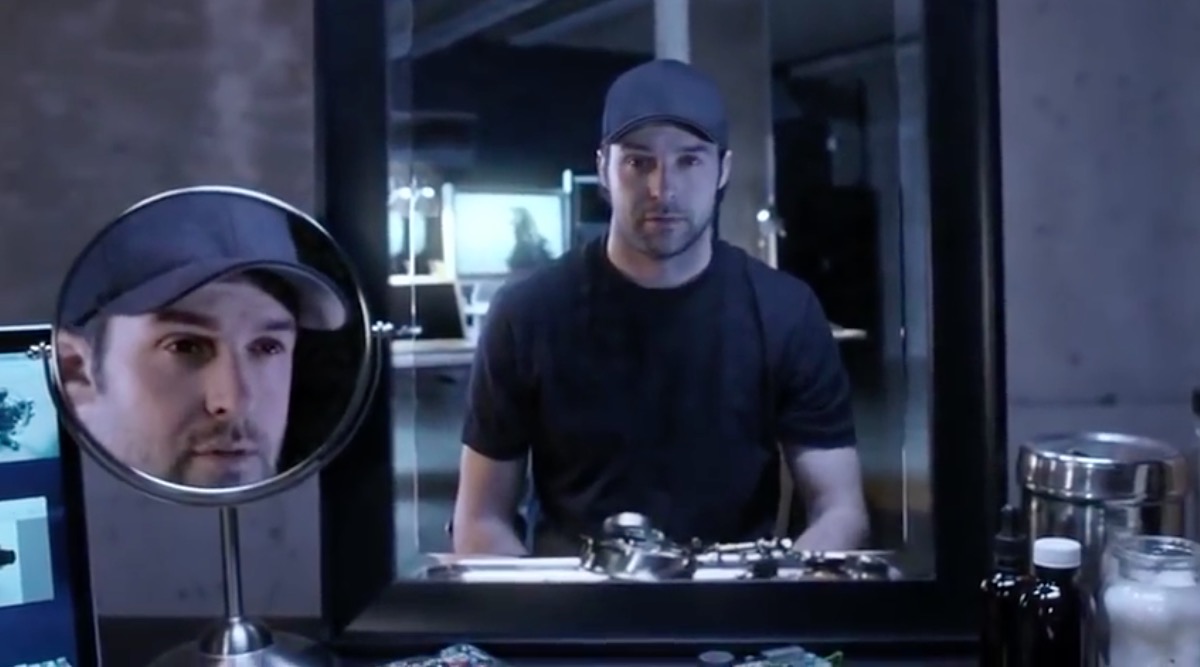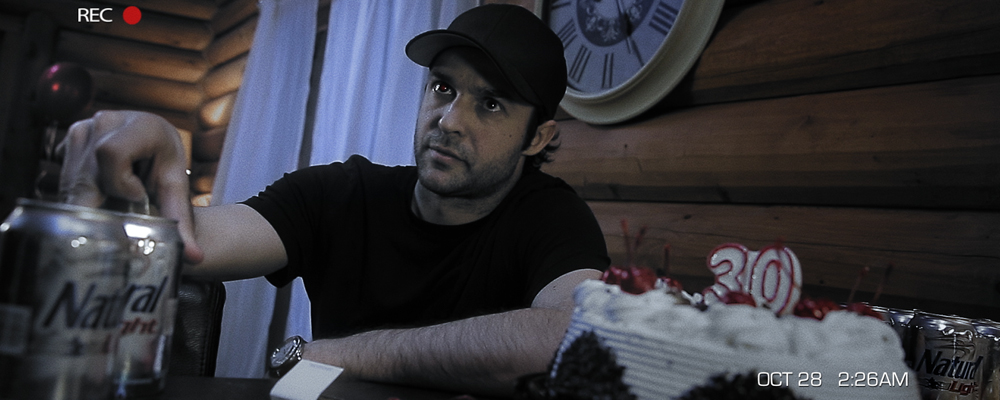The Gracefield Incident (2017) – An Ambitious but Flawed Found-Footage Sci-Fi Thriller
The Gracefield Incident, released in 2017, is a found-footage science fiction thriller written, directed by, and starring Mathieu Ratthe. The film follows a man who, after losing an eye in a tragic accident, implants a hidden camera inside a prosthetic eye. He joins his wife and friends on a secluded weekend getaway in the mountains, planning to document the trip. But when a mysterious meteor crashes nearby, their peaceful retreat descends into a surreal and terrifying ordeal.
The protagonist, Matt Donovan, is still grieving the loss of his child from a recent car accident, which also cost him his eye. He and his wife Jessica are emotionally fragile, hoping that time away with friends will ease their pain. However, when the group encounters the crashed meteor, they unwittingly bring something dangerous back to their cabin. Soon, strange symbols, unexplained disappearances, and disturbing visions haunt them. As paranoia and fear escalate, the group realizes they are not alone—and something otherworldly is watching.

The film’s gimmick—a camera embedded in a prosthetic eye—adds a unique twist to the often-criticized “shaky cam” style of found-footage films. It allows for a more stable point of view and a personal, subjective look into Matt’s experience. This choice serves both the narrative and the aesthetic well, offering moments of immersive tension and raw intimacy. The film also plays with traditional horror tropes like isolation, trust breakdowns, and the terror of the unknown.
Visually, the movie is surprisingly polished for its budget. The remote cabin setting is eerie and well-used, while the meteor crash and alien effects are competently rendered. The atmosphere is tense, enhanced by dark forests, flickering lights, and eerie nighttime visuals. The sound design adds to the suspense, with jarring noises and distorted audio during paranormal encounters.
However, the film is not without flaws. Dialogue is often clunky, and character decisions range from questionable to outright baffling. The group dynamics feel forced, and some performances fall flat, making it difficult for viewers to fully invest in the characters’ fates. While the setup is intriguing, the middle act drags, relying too heavily on predictable scares and slow pacing.
The third act introduces an alien lifeform and reveals that the meteor carried an alien child. When the creature discovers its offspring, it spares the humans and departs, returning the missing friends unharmed. This twist attempts to subvert typical horror expectations, offering a strangely sentimental resolution. For some viewers, it adds depth; for others, it undermines the tension that the film had been building.

Despite its weaknesses, The Gracefield Incident demonstrates creative ambition. Its camera concept, emotional undertones, and polished visuals show that it’s more than just another found-footage thriller. It’s an experiment in blending sci-fi and horror with personal tragedy, and while the execution stumbles, the ideas behind it are noteworthy.
In conclusion, The Gracefield Incident is a flawed but ambitious entry in the found-footage genre. It offers a fresh perspective, some genuine scares, and a unique narrative device, though it's ultimately hindered by weak writing and uneven pacing. Still, for fans of indie sci-fi horror, it’s a curious and occasionally compelling watch.


-1751877188-q80.webp)